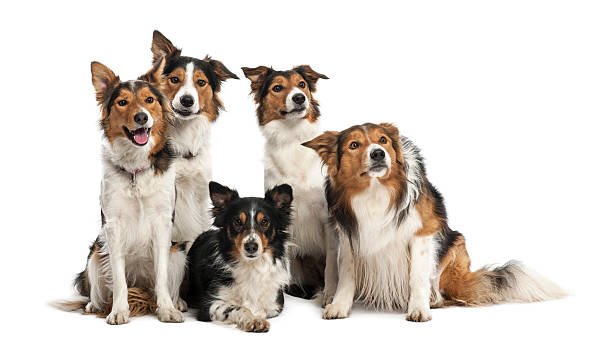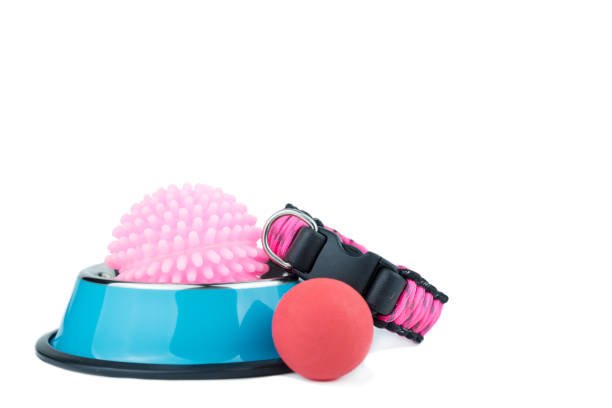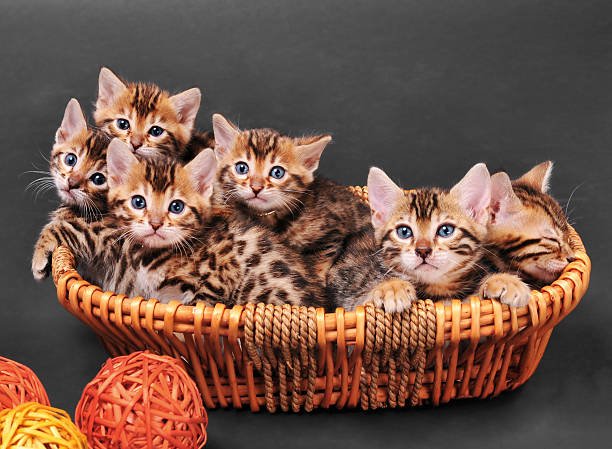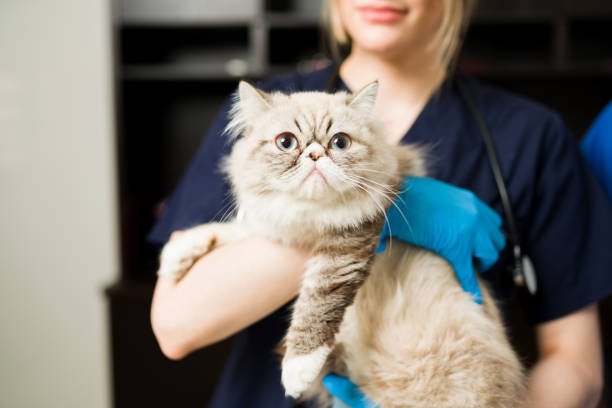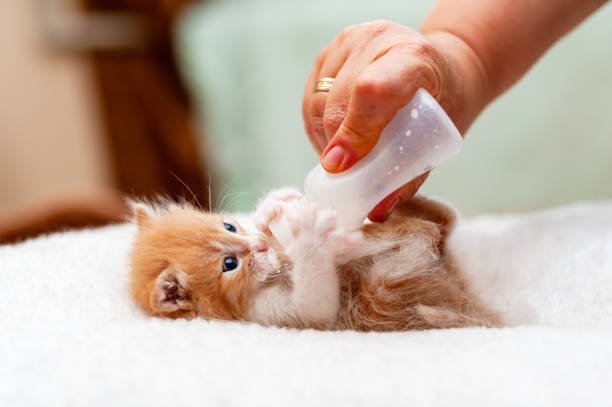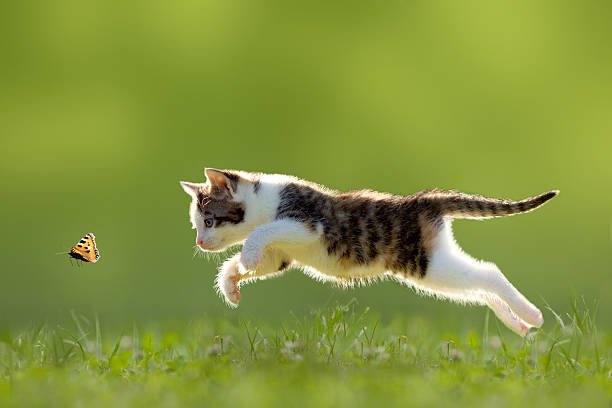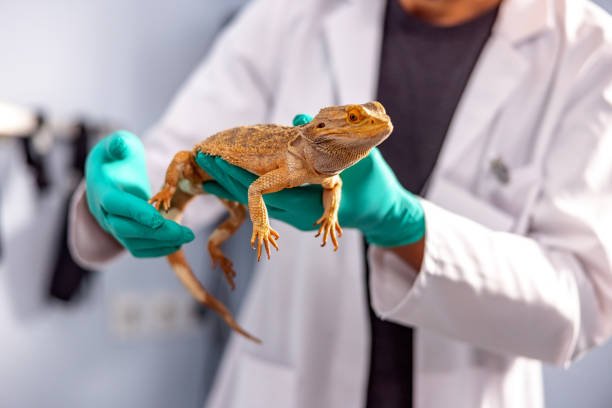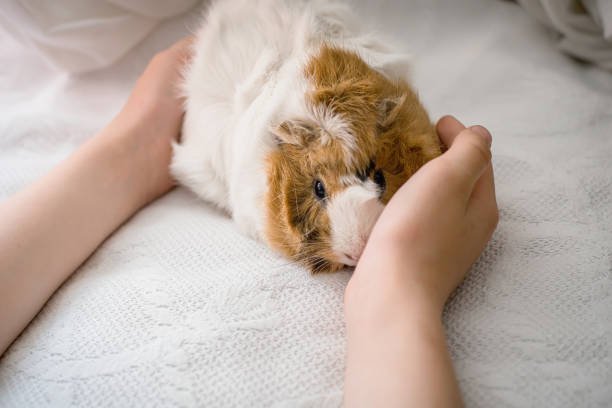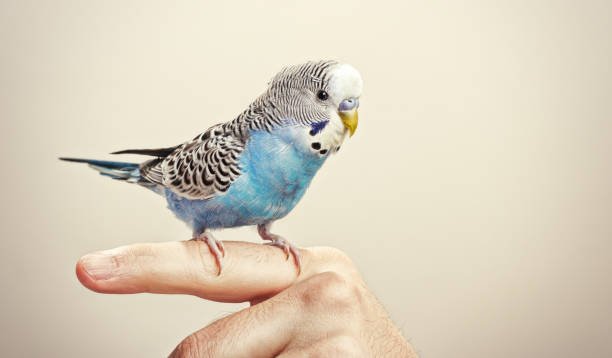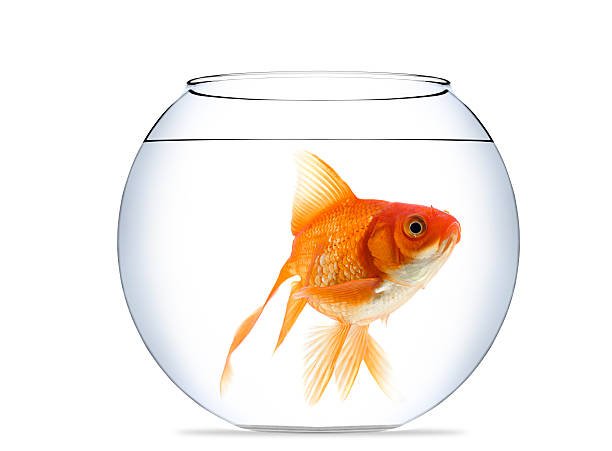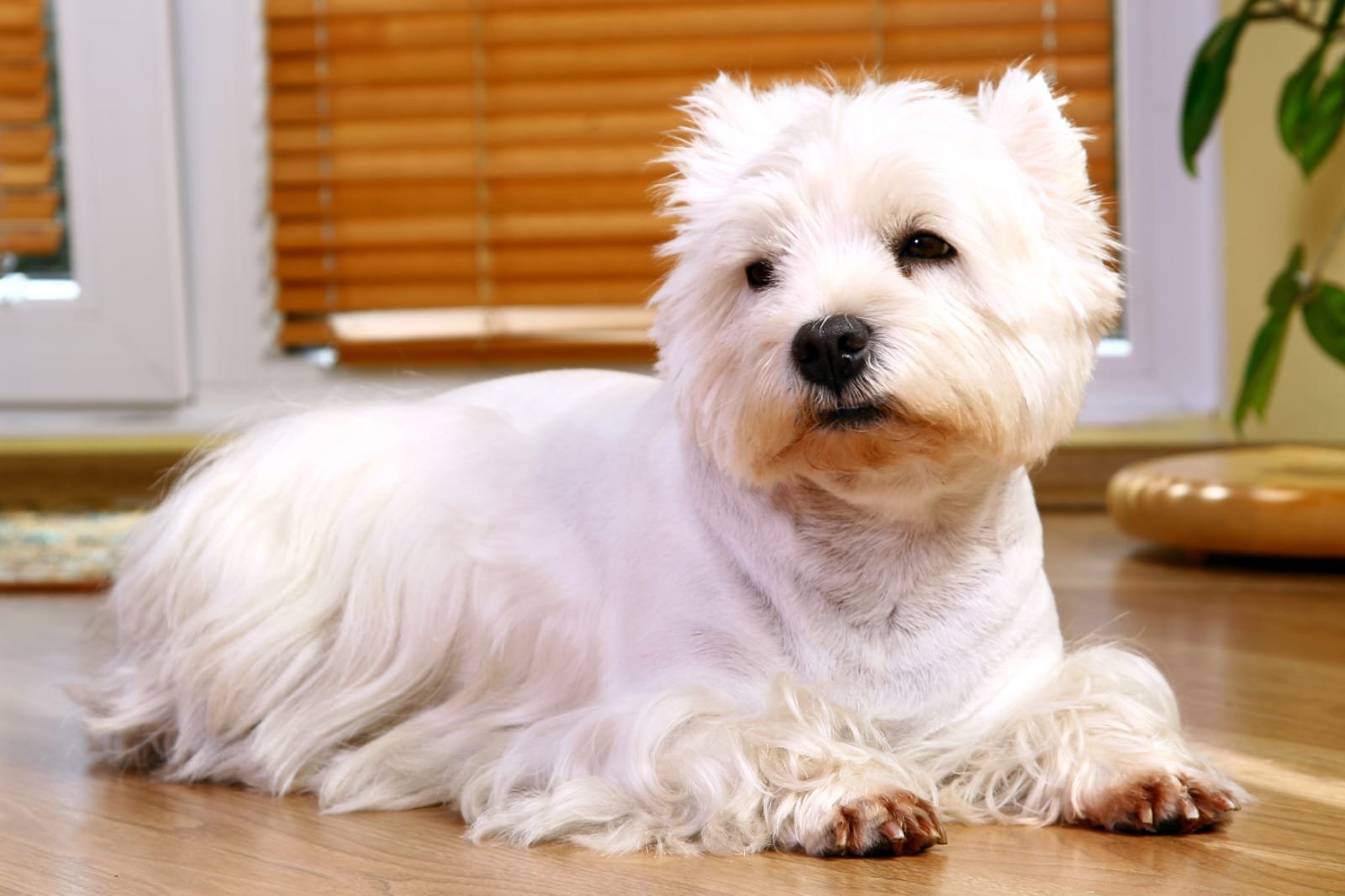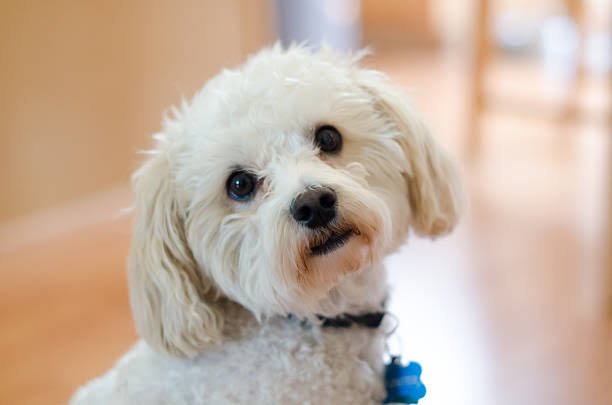Maltese poodle’s hybrids known as Maltipoos are friendly dogs with non-shedding, silky minks, and the cutest looks. For this reason, it is imperative to know how a full-grown white Maltipoo with its specific requirements will be in order to meet its needs properly. The following is a complete list of topics: physical appearances, temperaments, health concerns and issues, grooming or coat care, feeding and dietary practices, exercise, training techniques and practices, and where to adopt them from. Knowing these elements fully therefore helps you to provide your Maltipoo with a good life as expected.

What is a Maltipoo?
Definition and Origin
A Maltipoo is a hybrid breed, resulting from the crossbreeding of a Maltese and a Poodle, typically a Toy or Miniature Poodle. This designer breed first gained popularity in the United States and has since become beloved worldwide. The goal of creating the Maltipoo was to combine the best traits of both parent breeds: the Maltese’s affectionate and gentle nature with the Poodle’s intelligence and low-shedding coat.
Why Maltipoos are Popular Pets
Maltipoos have become popular pets for several reasons. Firstly, their small size and adaptable nature make them suitable for various living situations, from city apartments to suburban homes. Secondly, their hypoallergenic coats are a significant draw for individuals with allergies, as Maltipoos shed less than many other breeds. Additionally, their friendly and affectionate temperament makes them excellent companions for families, singles, and seniors alike.
Another reason for their popularity is their low-maintenance exercise needs. While Maltipoos enjoy playtime and short walks, they do not require extensive exercise, making them ideal for individuals with a less active lifestyle. Their intelligence and eagerness to please also mean they can learn tricks and commands quickly, providing both mental stimulation and a source of entertainment for their owners.
Physical Appearance of Full-Grown White Maltipoos
Size and Weight
Full grown Maltipoos are small dogs, typically weighing between 5 to 20 pounds and standing about 8 to 14 inches tall at the shoulder. The size of a Maltipoo can differ depending on the Poodle parent. Toy Poodles tend to produce smaller Maltipoos than Miniature Poodles. Despite their small stature, Maltipoos have a sturdy and well-proportioned build, making them both delicate and resilient.
Coat and Color
Maltipoos are known for their soft, fluffy coats, which can be curly or wavy, reflecting the Poodle parent’s influence. While Maltipoos come in a variety of colors, including apricot, cream, black, and gray, white Maltipoos are particularly popular. The white coat gives them a distinctive and elegant appearance, making them stand out among other dogs.
Description of White Maltipoos
Thus, White Maltipoos are very loved for their cleanness, gentleness and gorgeousness of their appearance. Their fur is often very smooth and can be a pure white color that makes the pets look especially ‘angelic’ and clean to many owners. Cordial and delightful, the white fur is especially glorious when combed and brushed to a fine shine; this might explain why many who own Maltipoos love the white-coated Maltipoos.
Coat Texture and Grooming Needs
The texture of a Maltipoo’s coat can range from soft and silky to slightly coarse, depending on the genetic mix. White Maltipoos often have a soft, wavy coat that requires regular grooming to maintain its health and appearance. Due to their low-shedding nature, Maltipoos are considered hypoallergenic, but their coats can still mat and tangle if not properly cared for. Regular brushing, at least two to three times a week, is necessary to prevent tangles and keep the coat looking its best. Additionally, professional grooming every 4 to 6 weeks can help maintain the coat’s shape and hygiene.
Common Physical Traits
Apart from their size and coat, Maltipoos have several common physical traits that make them easily recognizable. They have a well-balanced physique, a slightly rounded skull, dark, expressive eyes, and a black, button-like nose. Their ears are usually floppy and covered with soft fur, adding to their endearing appearance. Maltipoos have a perky and alert expression that hints at their intelligence and curiosity. Their tails are often fluffy and carried high, contributing to their overall cute and playful demeanor.

Health and Lifespan
Common Health Issues
Maltipoos, although generally healthy, can inherit certain health conditions from their Maltese and Poodle parents. Some of the common health problems in Maltipoos include patellar luxation, which is a condition where the kneecap dislocates from its normal position, causing discomfort and mobility issues. They are also susceptible to progressive retinal atrophy (PRA), a degenerative eye disorder that can lead to blindness. Another common issue is dental disease, as their small mouths can lead to overcrowded teeth and gum problems if not properly maintained. Additionally, Maltipoos can suffer from allergies, skin conditions, and ear infections due to their floppy ears and dense fur.
Average Lifespan of Maltipoos
Maltipoos have a relatively long lifespan for small dogs, typically living between 12 to 15 years. Their longevity is one of the many appealing traits of the breed, allowing them to be cherished companions for many years. Providing a healthy diet, regular exercise, and proper veterinary care can help ensure that Maltipoos live a full and active life. Genetics also play a role in their lifespan, so choosing a reputable breeder who tests for common genetic conditions can contribute to a longer, healthier life for your Maltipoo.
Importance of Regular Vet Check-ups
Periodic physical examinations of the Maltipoo should be made by a veterinarian in order to ensure that your pet is in good health. Such visits enable one to identify other health problems that may be underlying thus leading to early management or even treatment. At these times, vets do checkups, and vaccinations, and administer control of parasites as well as do parasite control. Moreover, talking with the vet about the changes in the behavior or having some worries regarding your Maltipoo can bring to early identification of problems and better quality of life.
Grooming Requirements for White Maltipoos
White Maltipoos require regular grooming to maintain their beautiful, hypoallergenic coats. Their fur can be curly or wavy, which makes it prone to tangling and matting. To keep their coat in top condition, it’s essential to brush them at least two to three times a week to remove dirt, debris, and loose hair, preventing tangles and mats. Bathing your Maltipoo every 4 to 6 weeks is recommended, using a gentle, dog-specific shampoo to avoid skin irritation. After bathing, make sure to thoroughly dry their coat to prevent any fungal infections. Additionally, trimming the hair around their eyes, ears, and paws can help reduce the risk of infections and keep them comfortable.
Recommended Grooming Products and Tools
Investing in quality grooming products and tools can make the grooming process more efficient. A slicker brush is ideal for detangling and removing loose hair, while a metal comb can help with finer detailing and ensure no mats are left behind. For bathing, use a mild, hypoallergenic dog shampoo specifically formulated for sensitive skin. Dog-safe conditioning sprays can also help maintain coat softness and manageability. Additionally, a pair of grooming scissors or clippers is useful for trimming the coat and keeping it at a manageable length.
Dietary Needs of Full-Grown Maltipoos
Full grown Maltipoos have specific dietary needs to maintain their health, energy, and overall well-being. According to professional veterinarians, a balanced diet that includes high-quality protein, healthy fats, carbohydrates, vitamins, and minerals is essential for these small dogs. Protein is crucial for muscle maintenance and repair, while fats provide energy and support coat health. Carbohydrates offer a source of fiber, aiding in digestion.
Recommended Food Types and Brands
Veterinarians often recommend high-quality commercial dog foods that are specifically formulated for small breeds. Look for brands that list meat as the first ingredient and avoid those with fillers like corn, soy, and wheat. Some reputable brands include:
- Royal Canin Small Breed Adult: Known for its balanced nutrition tailored for small dogs.
- Blue Buffalo Life Protection Small Breed: Offers high-quality protein and natural ingredients.
- Hill’s Science Diet Small Paws: Formulated to meet the unique needs of small breed dogs.
- Wellness CORE Grain-Free Small Breed: High in protein and grain-free for dogs with sensitivities.
Feeding Schedule and Portion Sizes
Feeding schedules and portion sizes for full grown Maltipoos should be based on their weight, age, and activity level. Veterinarians generally recommend feeding adult Maltipoos two meals per day to maintain stable energy levels and prevent overeating.

Daily Exercise and Activity Levels
While Maltipoos are relatively small, they still require daily exercise to stay healthy and happy. Incorporate at least 30 minutes of daily exercise into your Maltipoo’s routine. This can include walks, playtime, or indoor activities.
Types of Activities Maltipoos Enjoy
Maltipoos are typically energetic and playful dogs who enjoy a variety of activities. Some popular options include:
- Leash walks: Walking is a great way to exercise your Maltipoo and socialize them with other dogs and people.
- Fetch: Many Maltipoos love to chase and retrieve balls or toys.
- Agility training: This mentally and physically stimulating activity can be a fun way to bond with your Maltipoo.
- Indoor playtime: Even on rainy days, you can keep your Maltipoo active with indoor games like hide-and-seek or fetch inside.
Tips for Keeping Them Active and Healthy
Here are some tips for ensuring your Maltipoo stays active and healthy:
- Make exercise fun: Incorporate games and treats to make exercise more enjoyable for your dog.
- Avoid excessive heat or cold: Protect your Maltipoo from extreme weather conditions.
- Consider a dog walker or daycare: If you have a busy lifestyle, consider hiring a dog walker or enrolling your Maltipoo in a doggy daycare.
- Regular vet check-ups: Schedule regular veterinary appointments to monitor your Maltipoo’s overall health and address any concerns.
Training and Socialization Tips for Full-Grown Maltipoos
While Maltipoos are generally intelligent and eager to please, training a full grown dog may require a different approach compared to training a puppy. Here are some tips:
- Consistency is key: Use a consistent approach with commands and rewards to encourage desired behaviors.
- Positive reinforcement: Reward your Maltipoo with treats, praise, or playtime when they follow your instructions.
- Short training sessions: Break training sessions into short, manageable intervals to keep your Maltipoo engaged.
- Professional help: If you encounter challenges, consider consulting with a professional dog trainer for guidance.
Importance of Early Socialization
Socialization is crucial for Maltipoos, especially if they are adopted as adults. Early socialization helps them become well-adjusted dogs who are comfortable around other animals and people. Expose your Maltipoo to various environments, sounds, and experiences to help them develop social skills.
Common Behavioral Issues and Solutions
While Maltipoos are generally well-behaved, some common behavioral issues may arise, such as:
- Barking: Excessive barking can be addressed through training and environmental enrichment.
- Chewing: Provide your Maltipoo with appropriate chew toys to redirect their chewing behavior.
- Separation anxiety: If your Maltipoo suffers from separation anxiety, consult with a veterinarian or dog trainer for guidance.
Where to Find Reputable Breeders or Rescue Organizations
When searching for a full-grown white Maltipoo, consider the following options:
- Reputable breeders: Look for breeders who are members of the American Kennel Club (AKC) or other reputable organizations. They should be able to provide health certificates and information about the parents of the puppies.
- Rescue organizations: Many rescue organizations have full grown Maltipoos available for adoption. These dogs may have unique stories but often make wonderful companions.
Questions to Ask Before Adopting
Before adopting a full-grown white Maltipoo, ask the breeder or rescue organization the following questions:
- Health history: Inquire about the dog’s health history, including any known allergies or medical conditions.
- Temperament: Ask about the dog’s personality and how they interact with other animals and people.
- Training: Inquire about any training the dog has received.
- Age: Determine the dog’s age and any specific needs associated with older dogs.
Preparing Your Home for a New Maltipoo
Before bringing your new Maltipoo home, ensure your home is prepared to accommodate their needs. Here are some tips:
- Pet-proof your home: Remove any harmful substances or objects that could be a hazard to your dog.
- Set up a designated area: Create a comfortable and safe space for your Maltipoo to sleep and relax.
- Gather essential supplies: Stock up on food, treats, toys, and grooming supplies.
- Consider pet insurance: Pet insurance can help cover unexpected medical expenses.
By carefully considering these factors and preparing your home, you can ensure a smooth transition for your new Maltipoo family member.
Helpful Resources:
Conclusion
Altogether, the fully-grown white Maltipoo is a smart, friendly dog that can brighten up the day of everyone at home. It is also important for you to know the physical appearance of these dogs, some of which include but are not limited to the following; Small size, hypoallergenic, coat, and grooming. That is we talked about the dogs as friendly breeds, their diseases, and the need to take dogs to the vet for checkups. Being antiseptic, an appropriate diet with references to veterinarians helps these cute dogs to be healthy and cheery.
If you’re considering getting one, be ready to provide love and attention. Share your thoughts or ask questions in the comments section. Let’s support each other in giving our furry friends the best life possible.
Faq’s:
Are full-grown white Maltipoos hypoallergenic?
While Maltipoos are often considered hypoallergenic due to their low-shedding coats, it’s important to note that no dog breed is completely hypoallergenic. Some people may still experience allergic reactions to dander or saliva.
How long do full-grown white Maltipoos live?
With proper care, full grown white Maltipoos can live for 10-16 years. Regular veterinary check-ups, a healthy diet, and plenty of exercise can help them live long and healthy lives.
Are full-grown white Maltipoos good with children?
Yes, full-grown white Maltipoos are generally good with children. They are gentle and affectionate, making them excellent family pets. Teaching children how to interact with dogs safely is essential.
How often should I brush my full-grown white Maltipoo’s coat?
Brushing your Maltipoo regularly is vital for maintaining healthy hair. Aim to brush their coat at least 2-3 times per week to prevent matting and tangles.
Can full-grown white Maltipoos be left alone for long periods?
Maltipoos, being social dogs, can experience separation anxiety when left alone for prolonged periods. It’s best to avoid leaving them alone for more than a few hours at a time.
Read more about Traveling with dogs in car long distance on Newsciti, where you can find insightful information on dogs and cats. Check it out here: Newsciti

